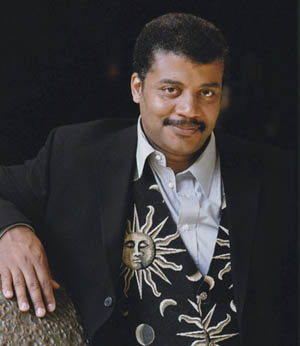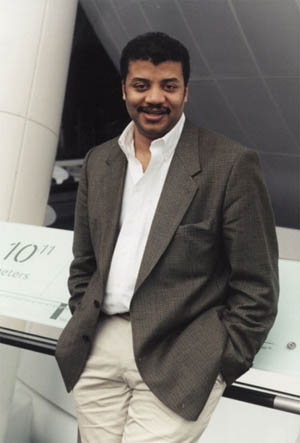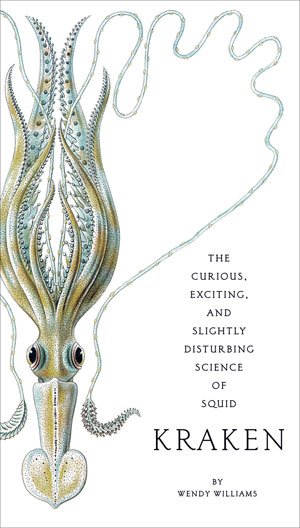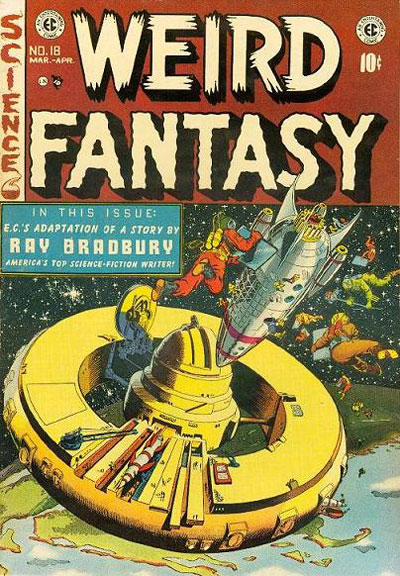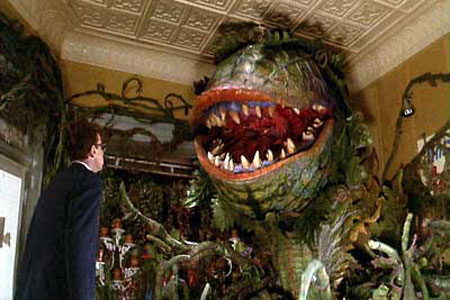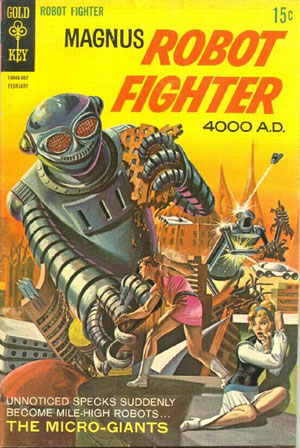A Dose of Awesome: Neil deGrasse Tyson!
It’s been way, way too long since we took a look at the world’s many awesome things, so let’s remedy that very quickly and ponder the awesomeness of the coolest astrophysicist in the world, Neil deGrasse Tyson!
The very bare bones facts about Neil deGrasse Tyson? He was born in Manhattan, raised in the Bronx, an astronomy fanatic in his teens, actually gave astronomy lectures at the age of 15, and attended Harvard, UT-Austin, and Columbia. He was also, apparently, hotter’n a three-dollar pistol. I’m a straight man, and I don’t mind saying that at all.
Tyson is currently the Frederick P. Rose Director of the Hayden Planetarium at the Rose Center for Earth and Space and a research associate in the department of astrophysics at the American Museum of Natural History.
So he’s a distinguished scientist — big deal, there are lots of distinguished scientists. Well, not many distinguished scientists were personally recruited by Carl Sagan at Cornell, had college hobbies that included competing on the wrestling team, crew, and competitive ballroom dancing (or won a gold medal at an International Latin Ballroom dancing tournament), or is the host of “NOVA ScienceNOW “on PBS, much less a regular guest on all the better news shows, like “The Daily Show,” “The Colbert Report,” and “Real Time with Bill Maher.” Yes, those are the better news shows, and you know it.
Tyson was among the leaders of the movement to have Pluto demoted to a dwarf planet — which I originally wasn’t real happy about, but once I read his book “The Pluto Files,” the reasoning made a lot of sense. Pluto had no real similarities with the terrestrial planets, like Earth and Mars, or the gas giants, like Jupiter, Saturn, and Neptune — and it had a lot more similarities with Kuiper belt objects, of which there are thousands. If astronomers had known how many objects there were that were similar to Pluto back when it was originally discovered, I don’t think they would’ve ever considered Pluto a planet at all.
He’s a huge “Star Trek” fan, he collects comics, he’s appeared on “Stargate: Atlantis” and “The Big Bang Theory,” he’s been spotlighted in “Symphony of Science” videos, and he’s written tons of science books that are non-scientist friendly.
A fourth grader once asked him what would happen if two black holes collided with each other. Tyson liked the question so much, he got the kid a full scholarship to any university he wants to attend someday.
Basically, the guy loves science, and he loves talking to people about how awesome science is. That’s pretty danged awesome!
Comments off

